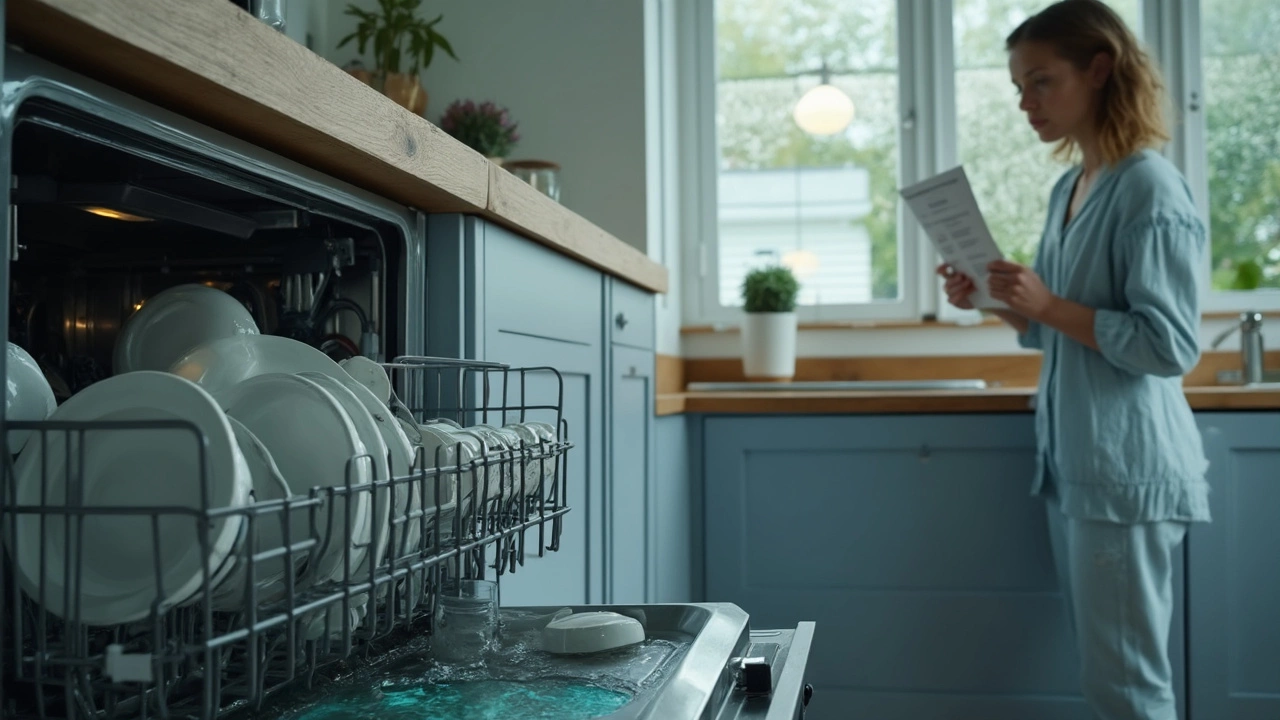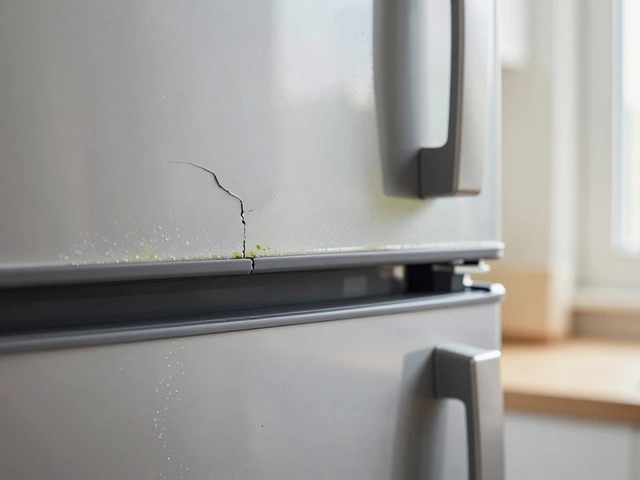Clogged Dishwasher – Causes, Fixes & Prevention Guide
When working with clogged dishwasher, a dishwasher that cannot drain because of blockages in the spray arm, filter, or drain hose. Also known as blocked dishwasher, it often results from food debris, grease, or improper loading. A clogged dishwasher encompasses blockages in the drain hose, a malfunctioning pump, or a saturated filter. The drain hose, the flexible pipe that carries wastewater from the appliance to the house plumbing can collect stray bits, and the dishwasher filter, a mesh screen that traps food particles before they reach the pump is another hotspot for clogs. When these parts are neglected, water backs up, the machine stops mid‑cycle, and you’re left with a puddle on the kitchen floor. Understanding that a clogged dishwasher requires regular maintenance helps you spot the issue before it turns into a costly repair.
Diagnosing the Problem and Essential Tools
First, check the garbage disposal, the kitchen appliance that grinds food waste before it goes down the drain. A backed‑up disposal often pushes debris into the dishwasher’s drain line, creating a blockage. Next, inspect the pump, the motor-driven component that forces water out of the tub; a humming sound without water movement usually points to a jammed impeller. Use a flashlight and a small brush to clear the filter and the spray arm holes—these are the most common culprits. A simple test is to run a short wash cycle and watch if water drains cleanly; if it pools, the issue likely lies in the plumbing vent or the hose connection. Recognizing that improper loading influences dishwasher performance, remove large food pieces before loading, and avoid placing utensils that can block the spray arm. These diagnostic steps require only a screwdriver, a bucket, and a soft brush, tools most homeowners already have in their toolbox.
Prevention is far easier than repeated fixes. Schedule a quick clean‑out once a month: remove the bottom rack, take out the filter, rinse it under running water, and wipe the interior walls to clear any film build‑up. Run an empty hot‑water cycle with a cup of white vinegar to dissolve mineral deposits that can restrict flow. Make sure the plumbing vent, the pipe that allows air into the drain system to prevent suction remains unobstructed; a blocked vent can cause slow drainage and increase the chance of a clog. Finally, educate everyone in the household about proper loading—no large bones, no excessive starch, and no foil that can melt and stick to the heating element. By treating your dishwasher as a regular part of home maintenance, you reduce the risk of a blockage, extend the appliance’s life, and keep your kitchen running smoothly. Below you’ll find a handful of articles that dive deeper into each cause, step‑by‑step fixes, and expert advice to keep your dishwasher draining like new.
Seeing standing water at the bottom of your dishwasher can be annoying and even a little worrying. This article covers the most likely reasons for leftover water, from clogs in the drain to common mistakes people make when loading dishes. Get hands-on tips to quickly figure out what's going wrong and find fixes you can do yourself, before calling in a pro. Learn why keeping your dishwasher well-maintained isn't just about clean plates, but can save you money and headaches. It’s practical, straightforward advice for dealing with a not-so-fun kitchen problem.


